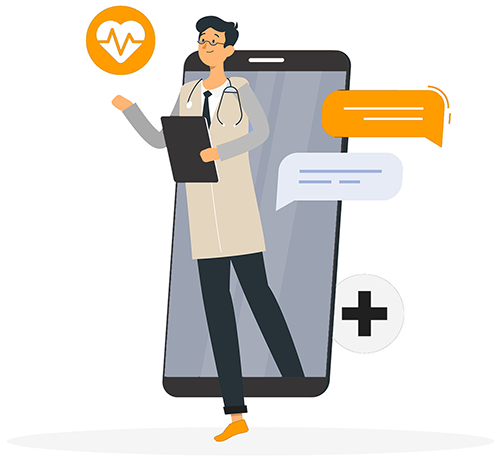
Automating Literature Monitoring in Pharmacovigilance: How CoVigilAI Works
Following the discussion in Part 1 of this series about the inefficiencies and risks associated with manual literature monitoring, this article outlines how CoVigilAI automates the pharmacovigilance literature review process. CovigilAI is purpose-built to support drug safety teams in identifying ICSRs, detecting safety signals, and ensuring regulatory compliance - all while significantly reducing manual workload.
CoVigilAI: A Purpose-Built Solution for Pharmacovigilance Literature Monitoring
CoVigilAI is designed to mirror and enhance the essential steps followed by pharmacovigilance professionals when reviewing medical literature. Each feature of the platform supports a key aspect of the literature surveillance process.
1. Automated Literature Ingestion
CoVigilAI connects to global scientific databases, regional journals, and pharmacovigilance literature sources. It automatically pulls new publications as they become available, removing the need for manual access to multiple platforms. This ensures comprehensive surveillance across all required sources.
2. ICSR Identification Using NLP
CoVigilAI applies natural language processing (NLP) models trained specifically on pharmacovigilance-relevant language, enabling it to detect Individual Case Safety Reports (ICSRs) based not just on keyword presence, but on contextual understanding. This approach increases detection accuracy and reduces false positives.
3. Signal Detection Capability
The platform continuously analyses literature to identify patterns and trends that may indicate emerging safety signals. CoVigilAI is capable of linking concepts across publications, surfacing potential safety concerns earlier than traditional manual methods allow.
4. Alert Prioritization and Triage
Each flagged document is scored and categorized according to severity and relevance. This auto-prioritization ensures that pharmacovigilance teams can focus their efforts on high-value content, improving efficiency and reducing review time.
5. Structured Output and System Integration
CoVigilAI produces structured, audit-ready outputs that can be exported or integrated directly with pharmacovigilance databases, such as Oracle Argus Safety. This reduces duplication of effort and supports seamless workflow continuity.
What Makes CoVigilAI Different from other PV Tools?
Not all pharmacovigilance automation tools are created equally. CoVigilAI stands out because it was purpose-built for drug safety monitoring and not a general AI solution forced into a PV context.
Here’s why that matters:
Trained in pharmacovigilance literature, CoVigilAI’s NLP understands MedDRA terms, adverse event descriptions, and regulatory case criteria.
Multi-lingual capability, vital for global safety teams monitoring non-English literature.
Context-aware screening filters out irrelevant hits, unlike keyword-only tools.
Integration-ready works with established PV systems like Argus Safety without requiring full migration.
Continuous learning adapts to team’s decisions, improving relevance over time.
Instead of adding yet another dashboard to manage, CoVigilAI reduces the workload, boosts accuracy, and provides confidence in the literature screening process.
Looking Ahead
The final article in this series will explore the real-world results achieved by pharmacovigilance teams using CoVigilAI, including reductions in manual workload, improvements in detection accuracy, and enhanced compliance readiness.
Streamlining Literature Surveillance in Pharmacovigilance


